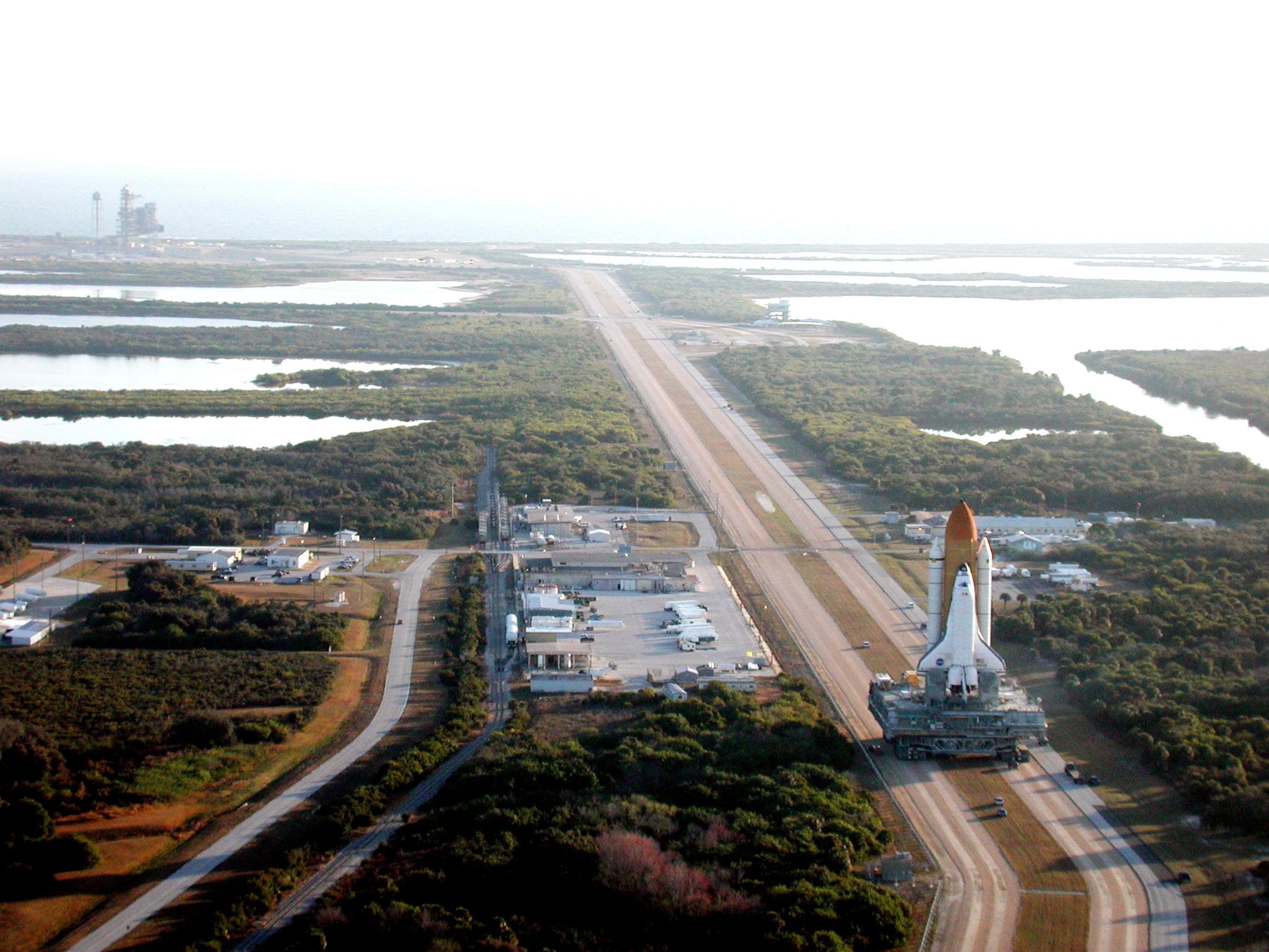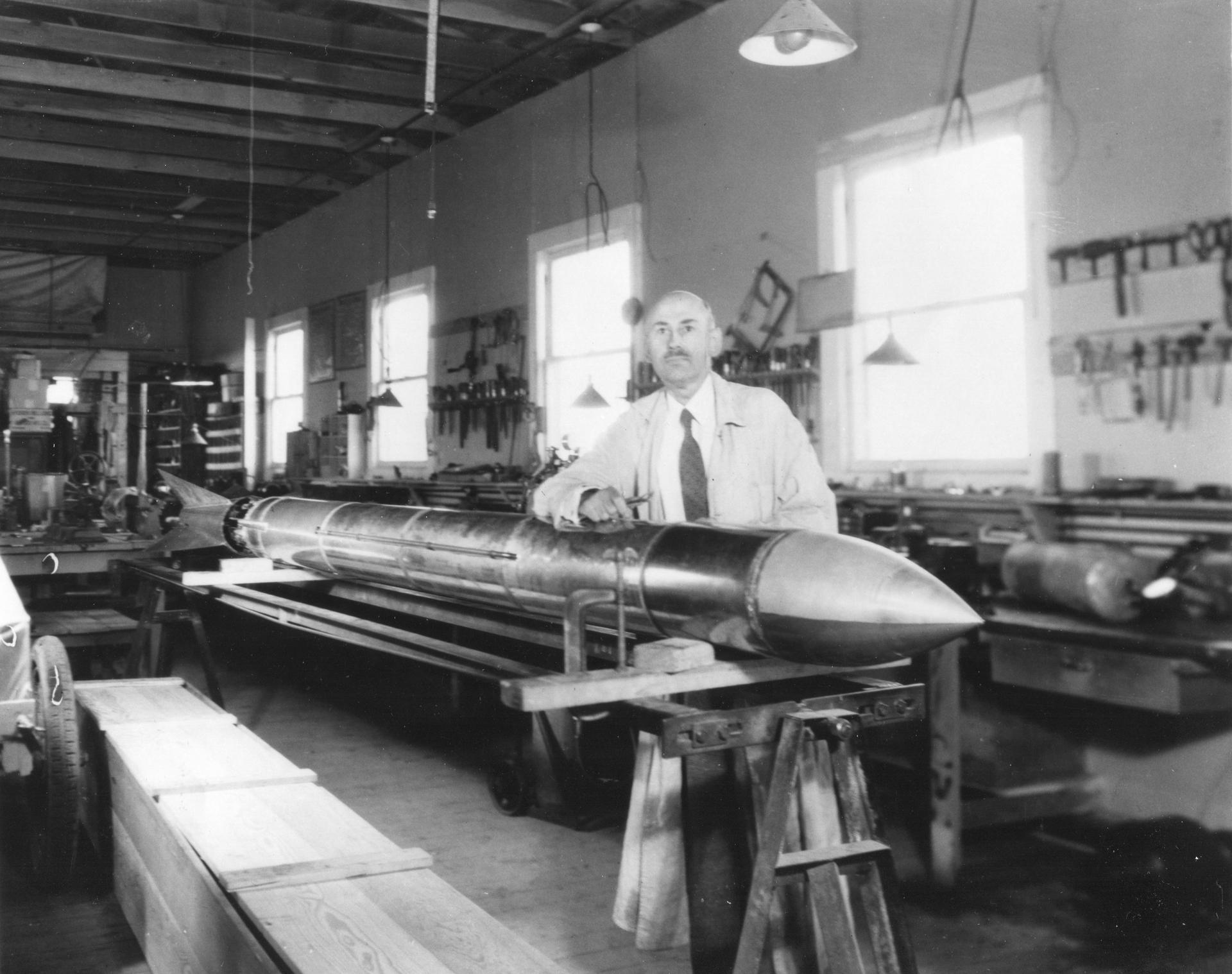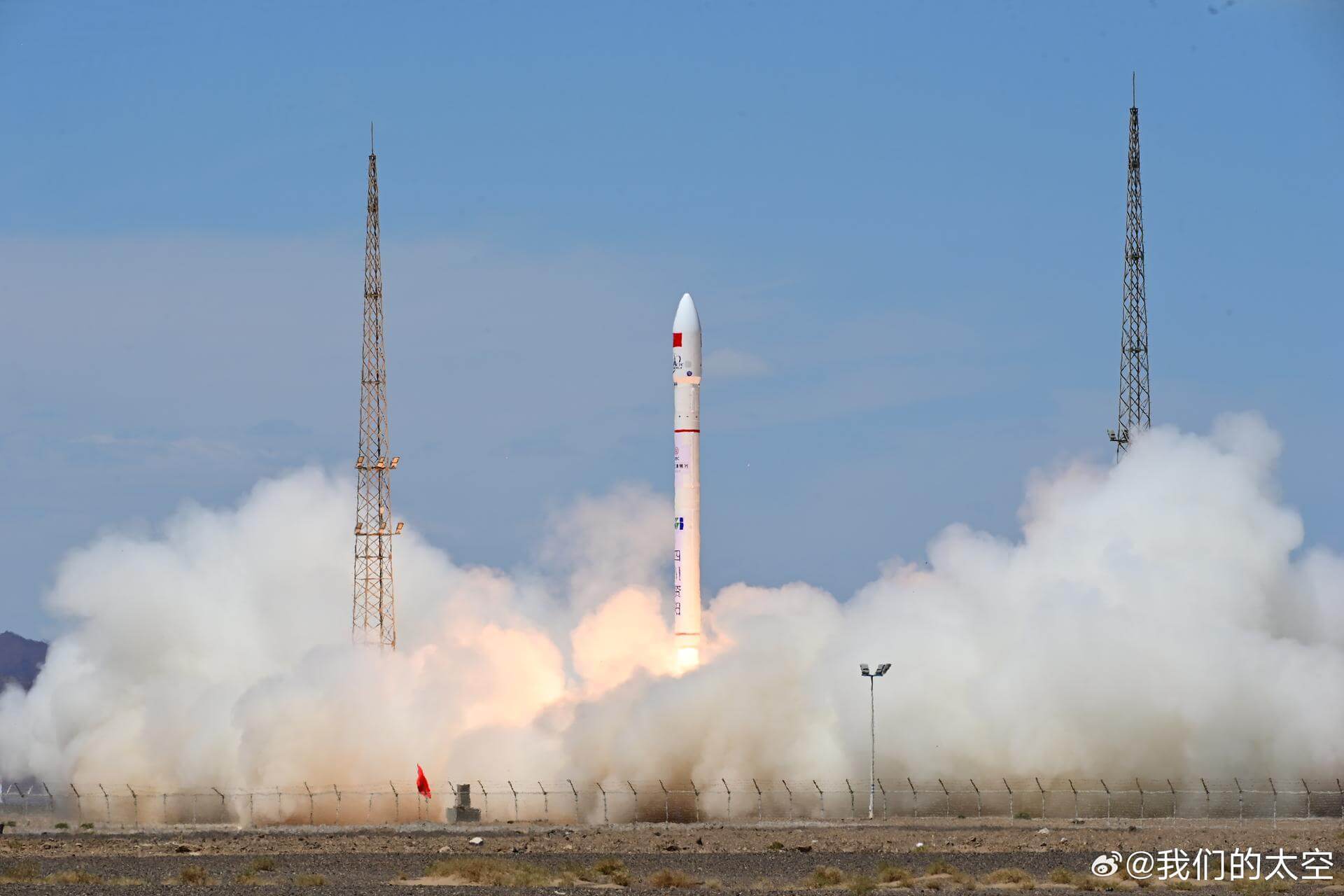· today in space history · 4 min read
The Day Destiny Changed the Space Station Forever
Twenty-four years ago, two spacewalking astronauts battled an ammonia leak while installing the U.S. Laboratory module Destiny, transforming the International Space Station from a construction site to a world-class research facility

At 15:44 UTC on February 10, 2001, astronauts Robert Curbeam and Thomas Jones floated out of Space Shuttle Atlantis’s airlock to begin one of the most ambitious spacewalks in the International Space Station’s assembly. Their mission: to install Destiny, the 14.5-ton U.S. Laboratory module that would transform the station from a construction project into a world-class orbital research facility. None of them could have predicted that before the day was over, they would face a dangerous ammonia leak that would test both their training and NASA’s emergency procedures.
A Test of Dexterity
The installation of Destiny required precise choreography. First, the spacewalkers had to move the station’s Pressurized Mating Adapter-2 (PMA-2) to make room for the new module. At 16:50 UTC, they successfully secured PMA-2 to a temporary location on the station’s Z1 truss. Then came the main event: using the Shuttle’s robotic arm, Mission Specialist Marsha Ivins carefully lifted Destiny from Atlantis’s payload bay at 17:35 UTC.
“It was like threading a needle while wearing oven mitts,” Ivins would later recall. The module had to be positioned with millimeter precision, as any misalignment could damage the delicate docking mechanisms that would permanently secure it to the station.
Crisis in Space
The installation appeared to be going smoothly until 19:35 UTC, when disaster nearly struck. While connecting the vital ammonia coolant lines between Destiny and the station, Curbeam encountered a leaking connector that sprayed ammonia into space, contaminating his spacesuit.
“I can see little crystals of ammonia floating away,” Curbeam reported calmly, even as Mission Control scrambled to assess the situation. Ammonia, while essential for the station’s cooling system, can be lethal if it makes its way into the station’s atmosphere. Ground controllers quickly devised a solution: Curbeam would need to remain in direct sunlight, allowing the ammonia to “bake off” his suit before he could safely return to the airlock.
Engineering Marvel
Despite the dramatic coolant incident, Destiny itself represented a triumph of engineering. The module’s aluminum walls housed 24 equipment racks, each the size of a telephone booth, designed to support a wide range of scientific experiments. More importantly, Destiny contained the primary command and control systems for the station, earning it the nickname “the brain and nerve center of the ISS.”
“Destiny wasn’t just another module,” explains former ISS Program Manager William Gerstenmaier. “It represented the moment when the International Space Station truly became a research facility. Everything that came before was building up to this capability.”
A New Era of Science
The successful installation of Destiny marked the beginning of full-scale scientific research aboard the ISS. The laboratory’s capabilities were unprecedented: microgravity research facilities, high-quality optical windows for Earth observation, and advanced life support systems that would enable longer crew stays.
Within months of its activation, Destiny began hosting experiments that would be impossible on Earth. From studying flame behavior in microgravity to growing protein crystals for drug development, the laboratory opened new frontiers in scientific research.
Legacy of Innovation
Twenty-four years later, Destiny continues to serve as the primary U.S. research facility on the ISS. The module has hosted thousands of experiments, contributing to breakthroughs in materials science, biotechnology, and human physiology. The lessons learned from its installation, including the handling of the ammonia leak, helped NASA develop better safety protocols for spacewalks.
The success of Destiny also proved crucial for international cooperation in space. As Thomas Jones noted, “Installing Destiny showed that different space agencies could work together not just to build a space station, but to operate a world-class research facility in orbit.”
Looking Forward
As the International Space Station enters its final years of operation, Destiny’s legacy influences the design of future space stations. Commercial space stations now in development incorporate lessons learned from Destiny’s two decades of operation. The module’s success demonstrated that complex scientific research could be conducted reliably in orbit, paving the way for even more ambitious space-based laboratories.
The installation of Destiny twenty-four years ago today did more than add another module to the International Space Station – it transformed our capabilities for conducting research in space. As we look toward a future with multiple commercial space stations and lunar bases, the lessons learned from Destiny continue to shape how we approach science beyond Earth.

Theodore Kruczek





